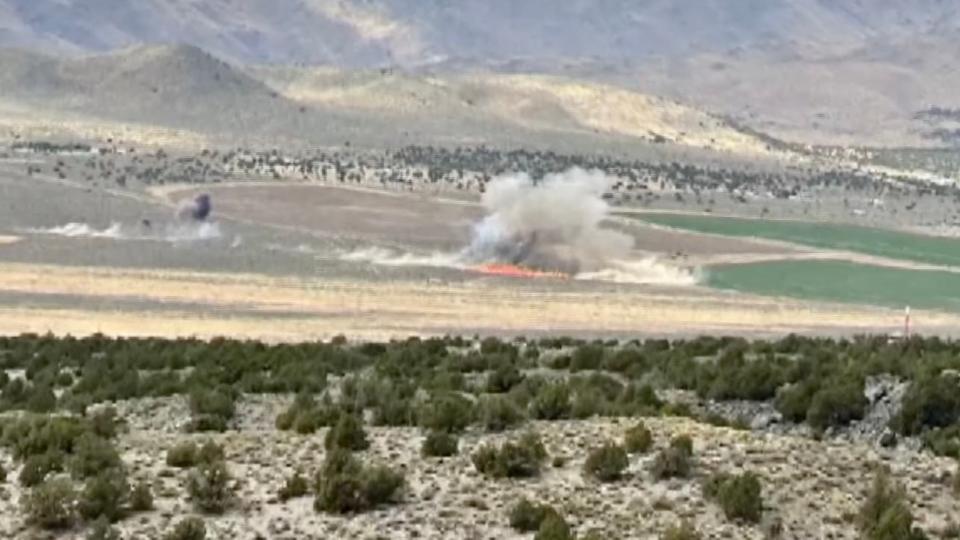Two Pilots Killed in Landing Crash During Last-Ever Reno Air Race

The future of the Reno Air Races was already in question after its venue declared 2023's race would be its last. Now, it's even harder to see the competition continuing after said race was canceled partway following a crash that killed two racers.
The crash was reported by ABC 7 to have taken place around 2:15 pm Sunday, the final day of this year's event. The collision took place at the end of the T-6 Gold race, a category contested by North American T-6 Texans—former military training aircraft that date back to the 1930s. Both pilots involved, Nick Macy and Chris Rushing, were said to have been prior class winners.
The incident took place after the race's completion, during the landing process. According to an account by a Reddit user, Rushing allegedly radioed in the beginning of his landing procedure before turning into the path of Macy. Their planes allegedly collided and fell out of the sky, with both pilots dying in the resulting crashes. No spectator injuries were reported.
https://twitter.com/RenoAirRaces/status/1703537425228980445
According to Flying Magazine, the Reno Air Racing Association canceled the remainder of the race after a competitor vote. The RARA later issued a statement to 2 News stating that it is cooperating with the National Transportation Safety Board and Federal Aviation Administration.
Dating back almost 60 years, the Reno Air Races have always taken place at Reno-Stead Airport to the city's northwest. The venue however announced earlier this year that 2023 would be its final race due to growing safety concerns, in part due to Reno's sprawl outward. The race's history has shown this fear to be well-founded: Between the race and its associated air show, more than 20 pilots have died in crashes over the years. Spectators haven't escaped unscathed either, with one infamous incident in 2011 killing 10 and injuring dozens of others.
Motorsport is already inherently dangerous on the ground, and even more so in the air. As safe as it is today to fly on an airline, everything goes out the window when you start seeing how many Gs your airframe—or your body—can handle.
Got a tip or question for the author? You can reach them here: james@thedrive.com

 Yahoo Autos
Yahoo Autos 